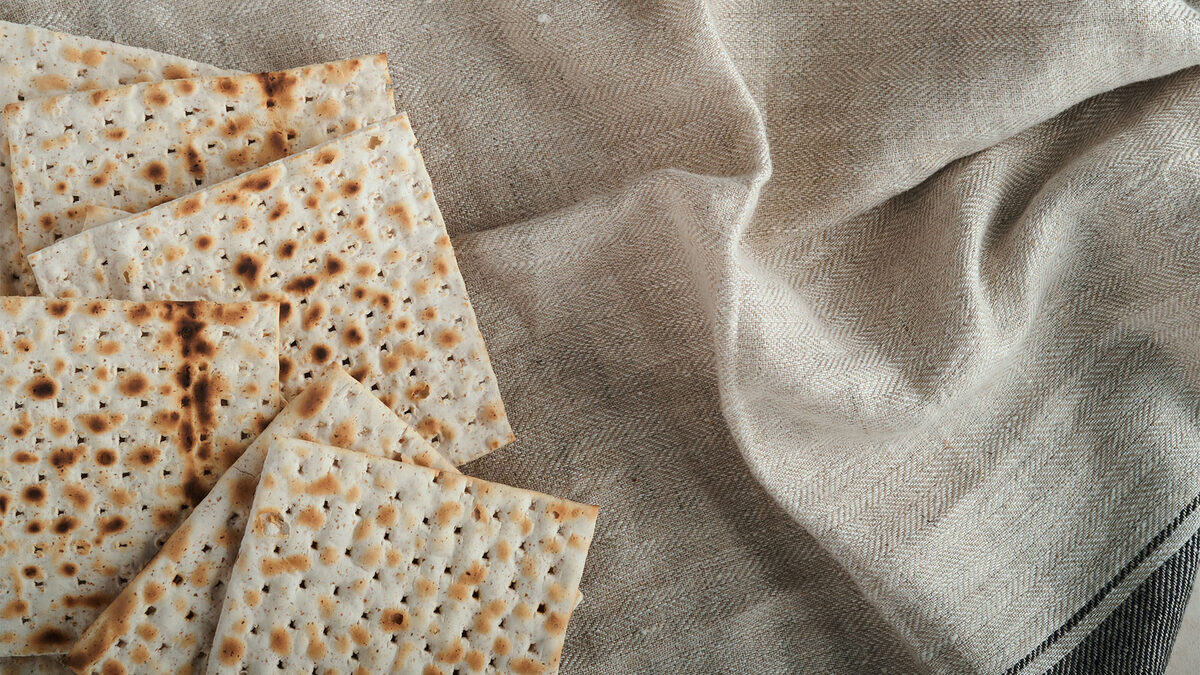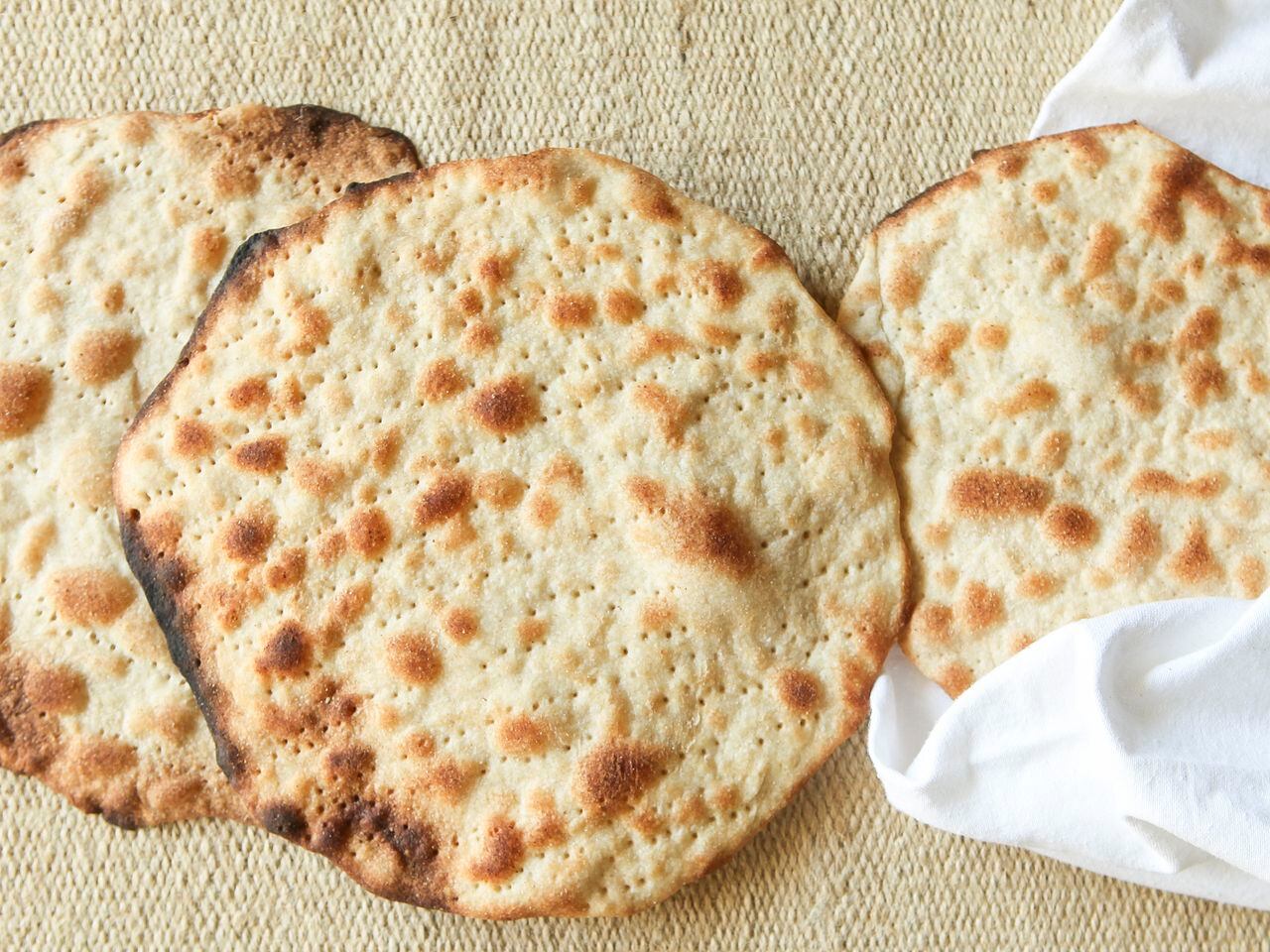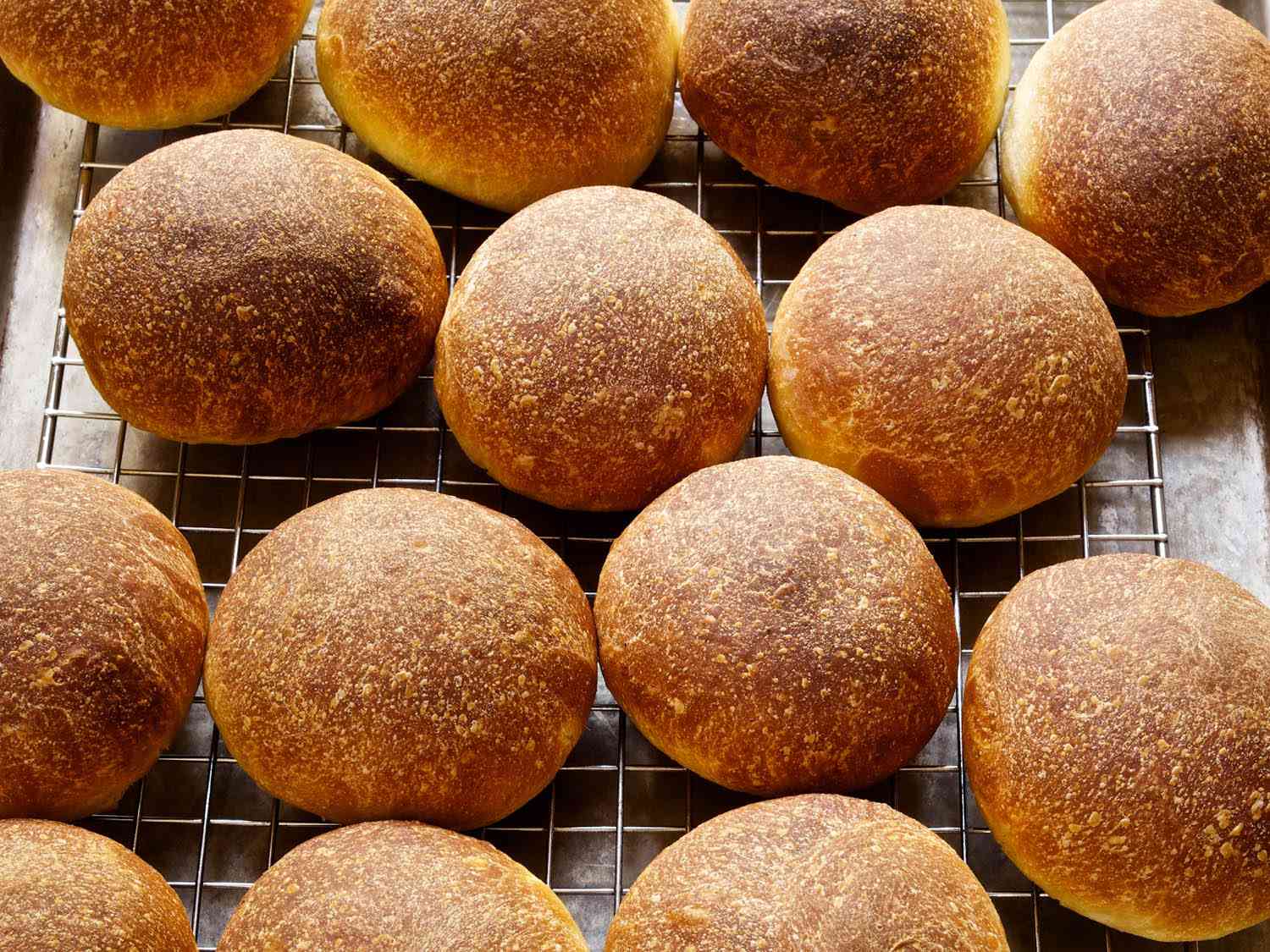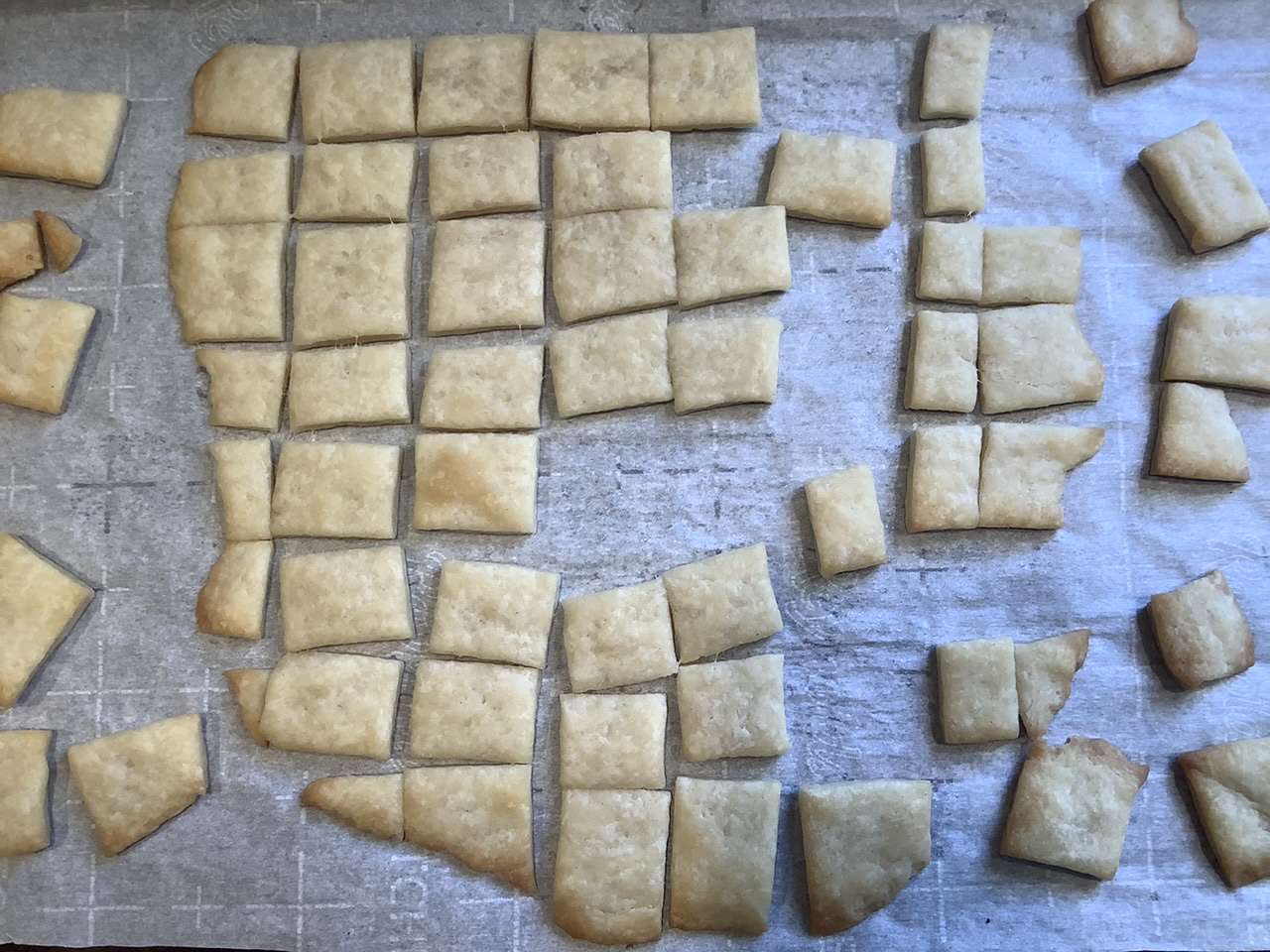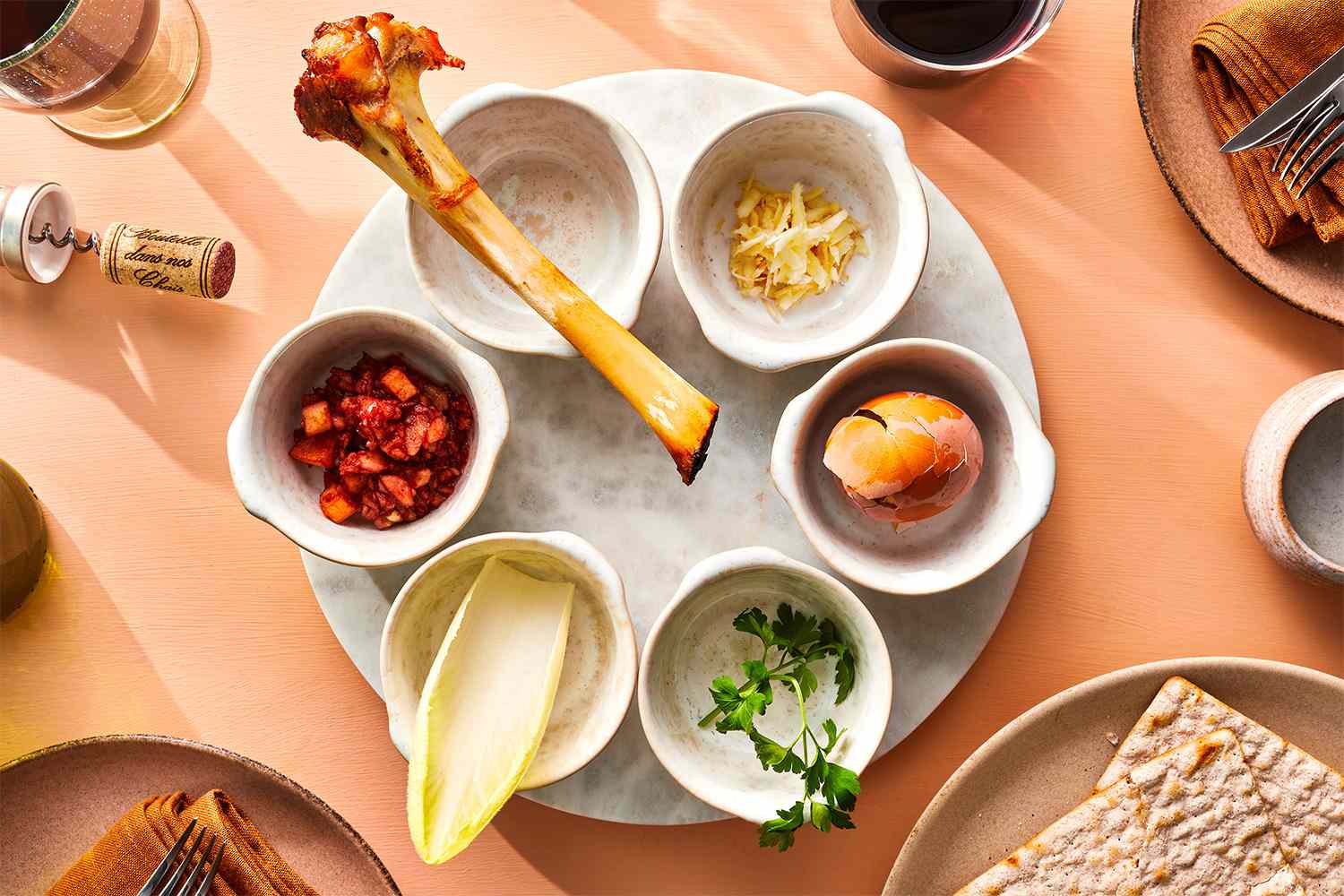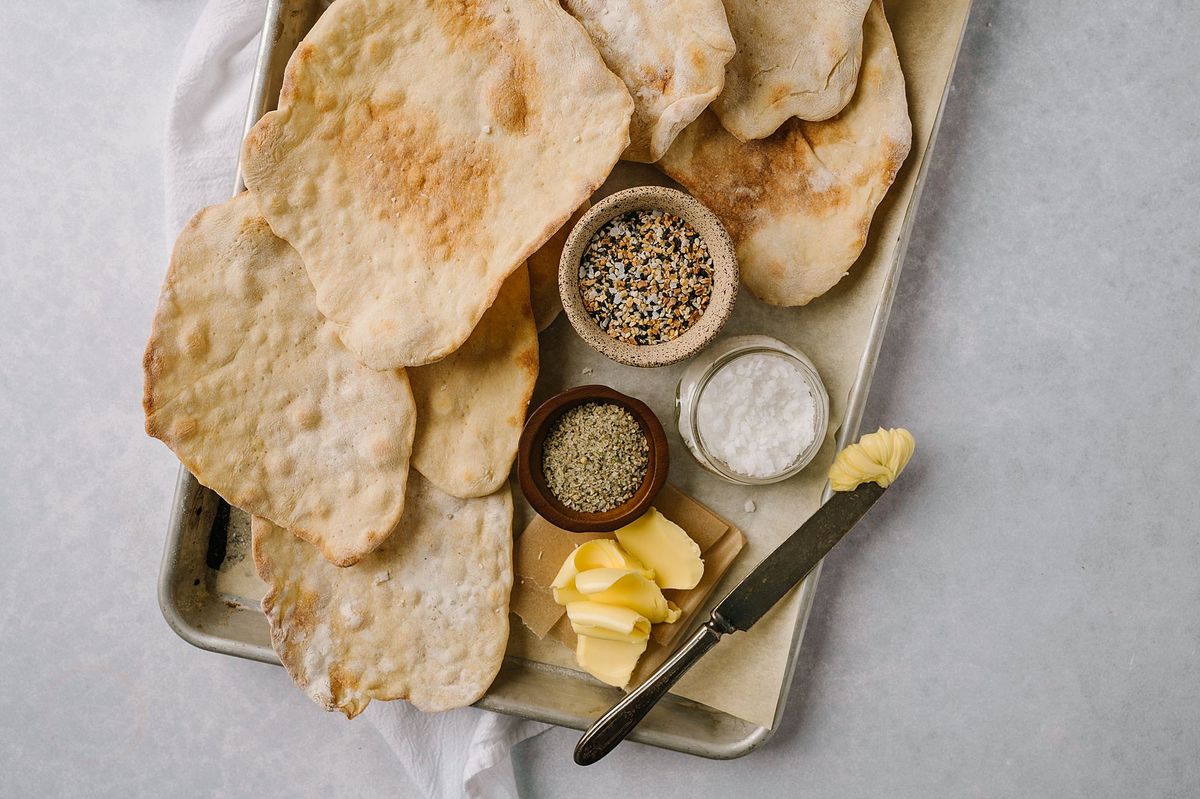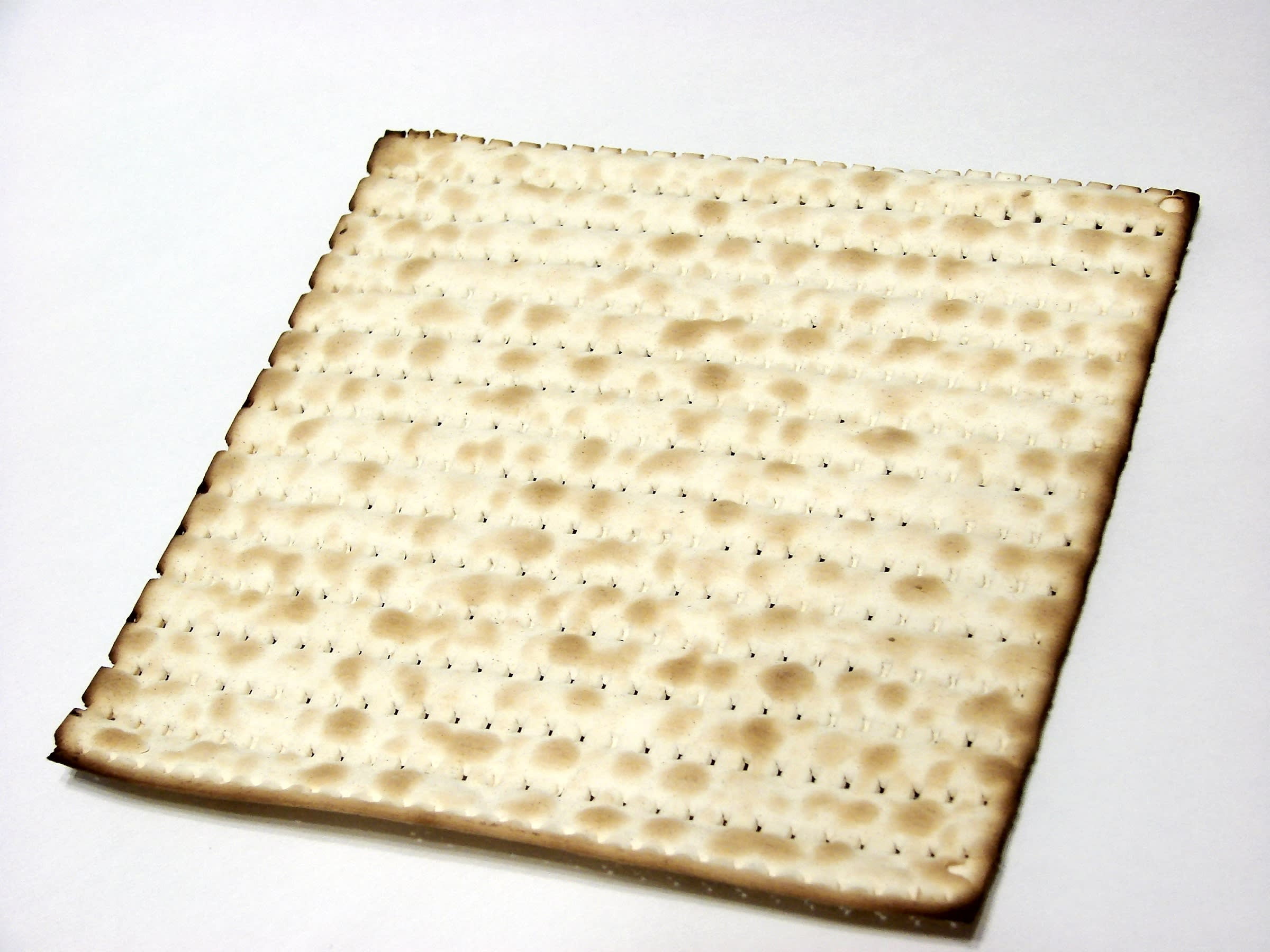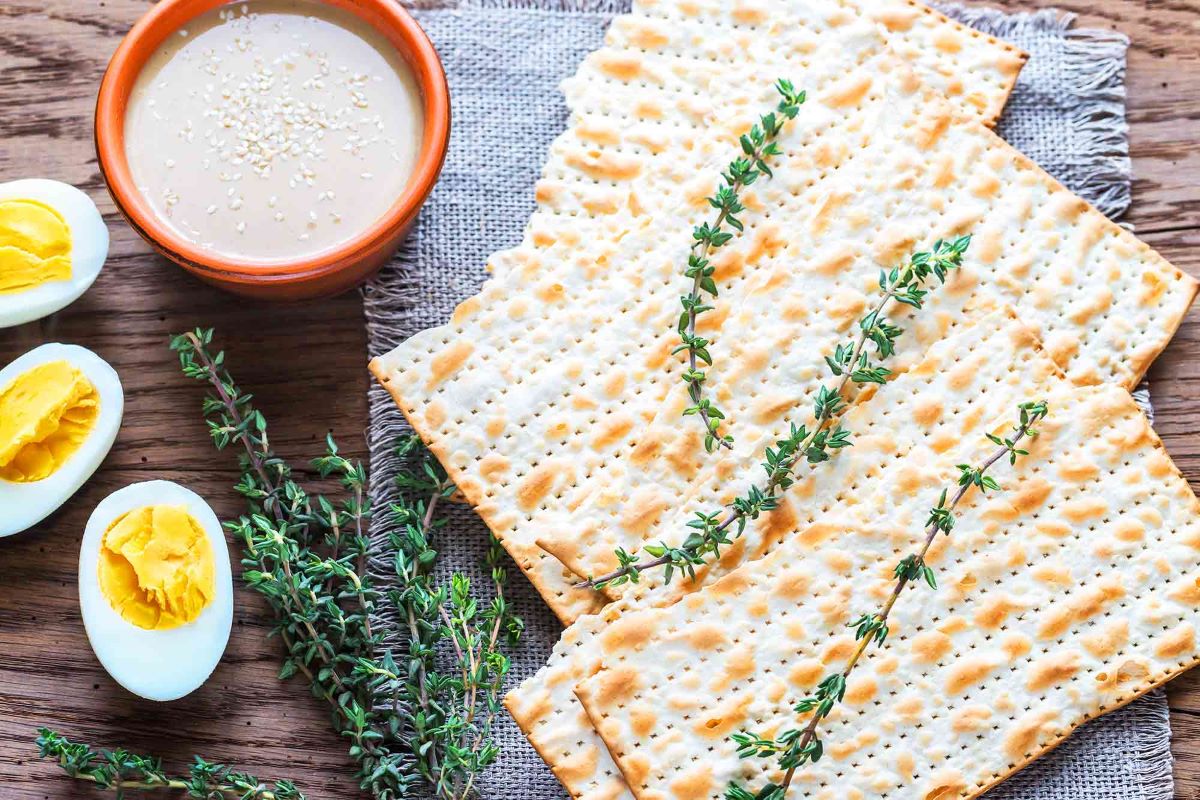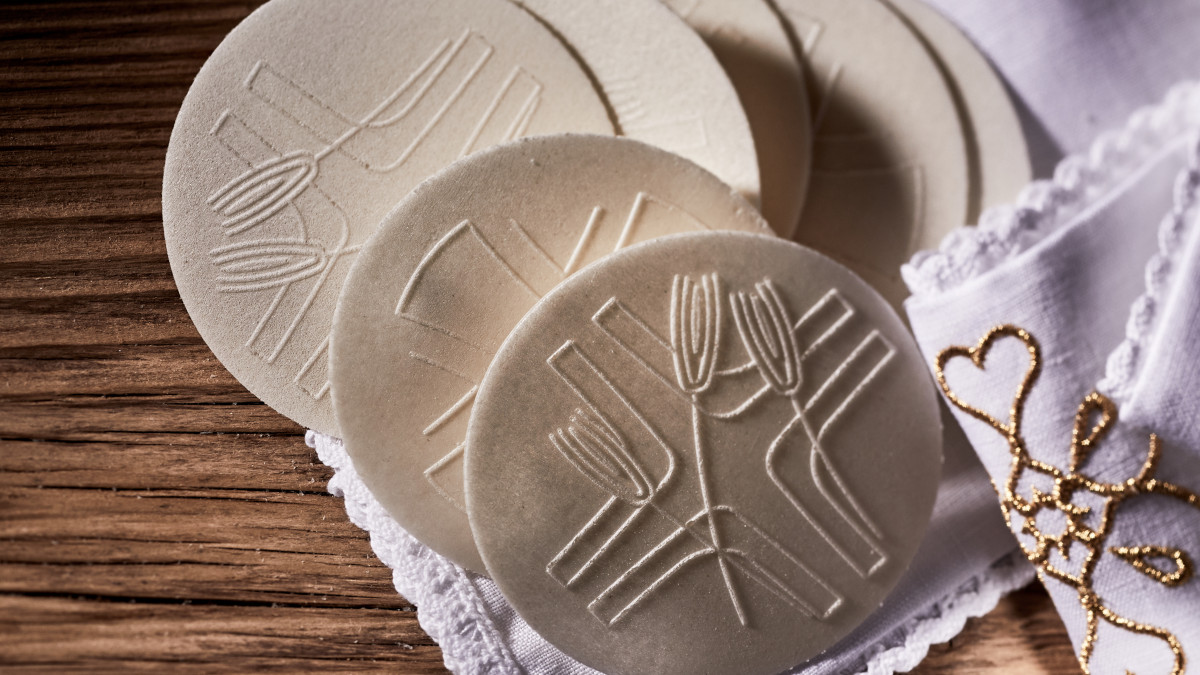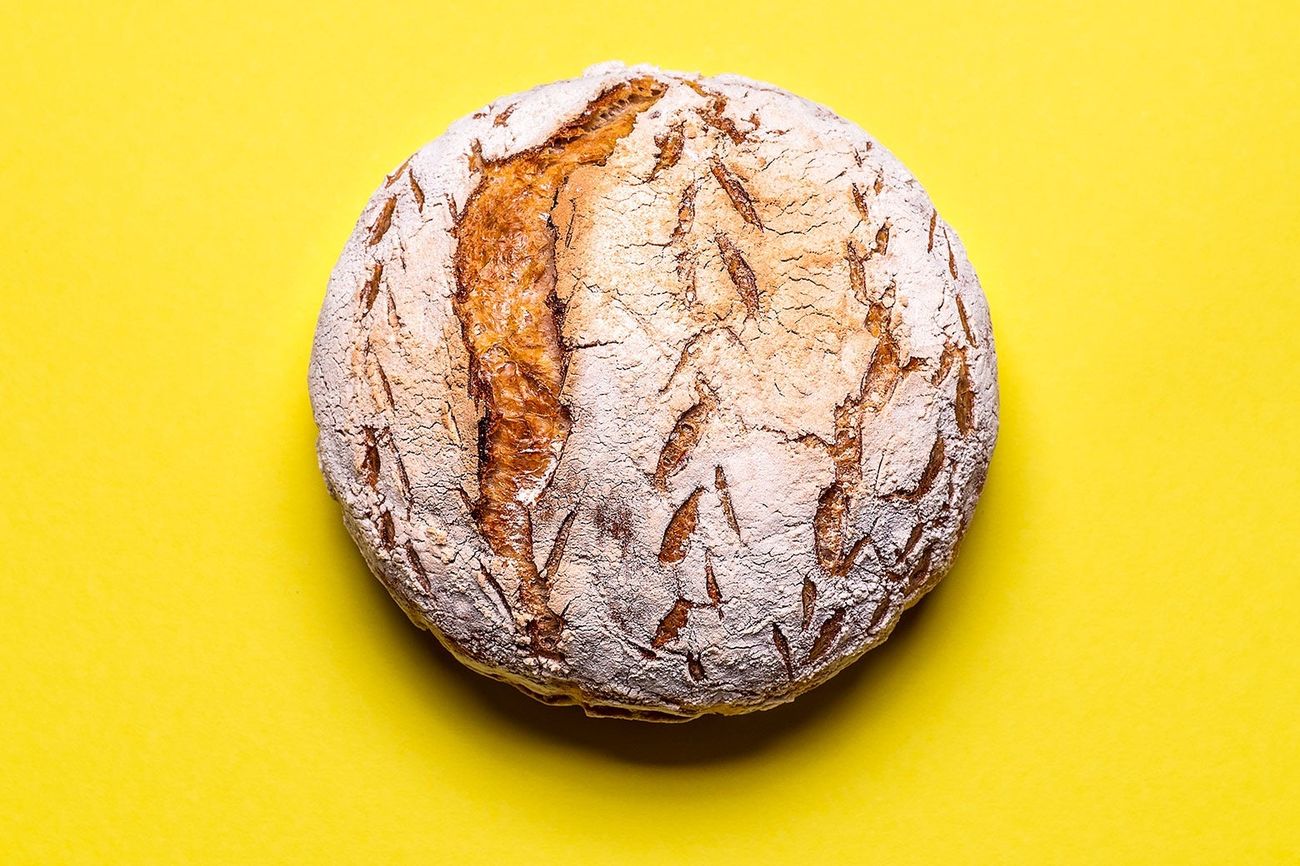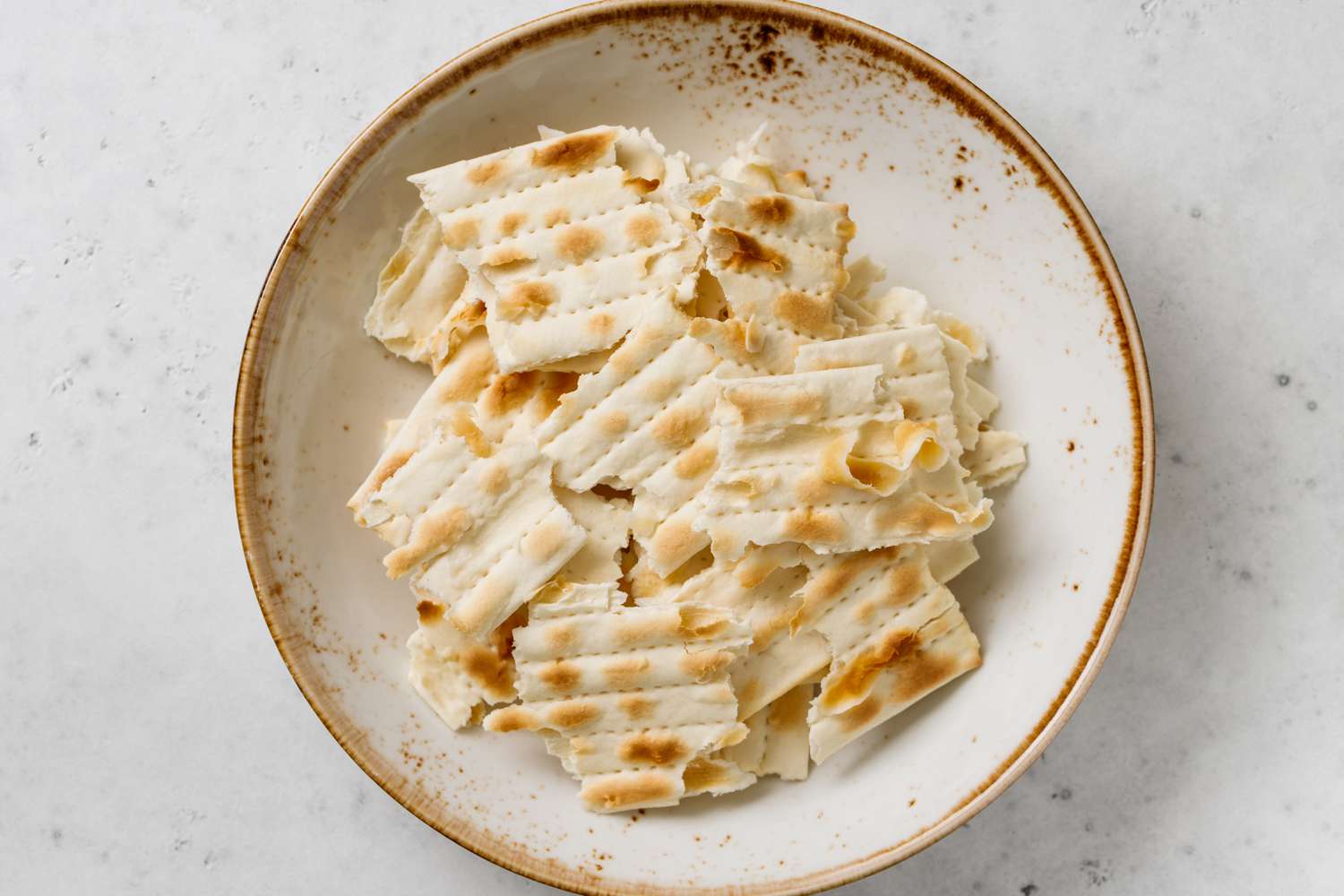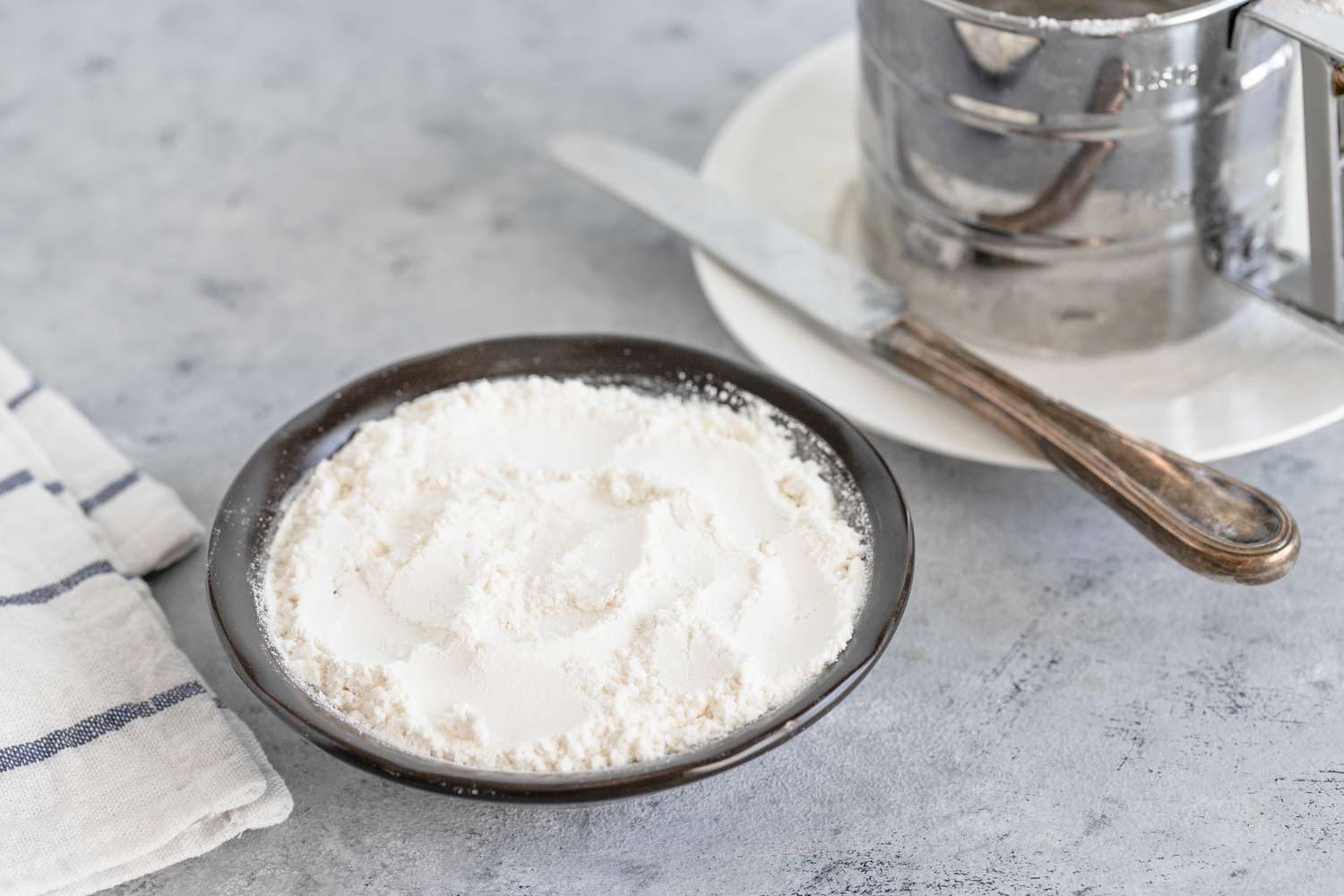Enjoying Unleavened Bread: A Delicious and Meaningful Tradition
Unleavened bread, also known as matzo or flatbread, holds a special place in many cultures and traditions. Whether you’re celebrating Passover, enjoying a Middle Eastern meal, or simply looking for a tasty and versatile snack, unleavened bread is a wonderful choice. Here are some tips on how to eat unleavened bread and make the most of this unique and delicious food.
Pairing Unleavened Bread with Tasty Spreads
One of the best ways to enjoy unleavened bread is by pairing it with delicious spreads and toppings. Here are some ideas to get you started:
- Hummus: The creamy texture and savory flavor of hummus make it a perfect match for unleavened bread. Whether you prefer classic chickpea hummus or a more adventurous flavor like roasted red pepper or garlic, spreading a generous dollop on a piece of unleavened bread is sure to delight your taste buds.
- Baba ganoush: This smoky eggplant dip is a wonderful complement to the mild, slightly nutty flavor of unleavened bread. The combination of creamy baba ganoush and crispy unleavened bread is a match made in culinary heaven.
- Tzatziki: If you’re a fan of Greek cuisine, you’ll love pairing unleavened bread with tzatziki. The cool, refreshing flavor of this yogurt and cucumber dip is the perfect contrast to the hearty texture of unleavened bread.
Creating Delicious Sandwiches and Wraps
Unleavened bread is also a fantastic option for creating quick and easy sandwiches and wraps. Its sturdy texture makes it ideal for holding a variety of fillings, and its mild flavor won’t overpower the other ingredients. Here are some ideas for unleavened bread sandwiches and wraps:
- Vegetarian wrap: Spread a layer of creamy avocado on a piece of unleavened bread, then add sliced cucumber, bell peppers, and lettuce. Roll it up for a satisfying and healthy meal on the go.
- Mediterranean sandwich: Layer slices of feta cheese, tomatoes, and olives on a piece of unleavened bread, then drizzle with olive oil and a sprinkle of oregano for a taste of the Mediterranean in every bite.
- Smoked salmon wrap: For a gourmet twist, spread a thin layer of cream cheese on unleavened bread, then top with smoked salmon, capers, and a squeeze of lemon juice. Roll it up for an elegant and delicious lunch option.
Exploring Unleavened Bread in Sweet Treats
While unleavened bread is often associated with savory dishes, it can also be used to create delightful sweet treats. Here are some ideas for incorporating unleavened bread into your dessert repertoire:
- Chocolate and banana roll-ups: Spread a layer of Nutella on a piece of unleavened bread, then add sliced bananas. Roll it up and slice into bite-sized pieces for a quick and indulgent dessert.
- Fruit and yogurt parfait: Cut unleavened bread into small cubes and toast until crispy. Layer the toasted bread cubes with your favorite yogurt and fresh fruit for a simple yet satisfying dessert option.
- Apple and cinnamon crisps: Brush unleavened bread with melted butter, then sprinkle with cinnamon and sugar. Bake until crispy for a delicious and crunchy accompaniment to ice cream or a cup of tea.
Embracing the Symbolism of Unleavened Bread
For many people, unleavened bread holds deep religious and cultural significance. Whether it’s part of a Passover Seder or a symbolic element in other traditions, the act of eating unleavened bread can be a meaningful and reflective experience. Taking the time to savor each bite and appreciate the history and tradition behind unleavened bread can add an extra layer of enjoyment to your meal.
Whether you’re enjoying unleavened bread as part of a time-honored tradition or simply as a tasty and versatile food option, there are countless ways to savor and appreciate this unique culinary delight. From savory spreads and sandwiches to sweet treats and beyond, unleavened bread is a versatile and delicious addition to any meal.
